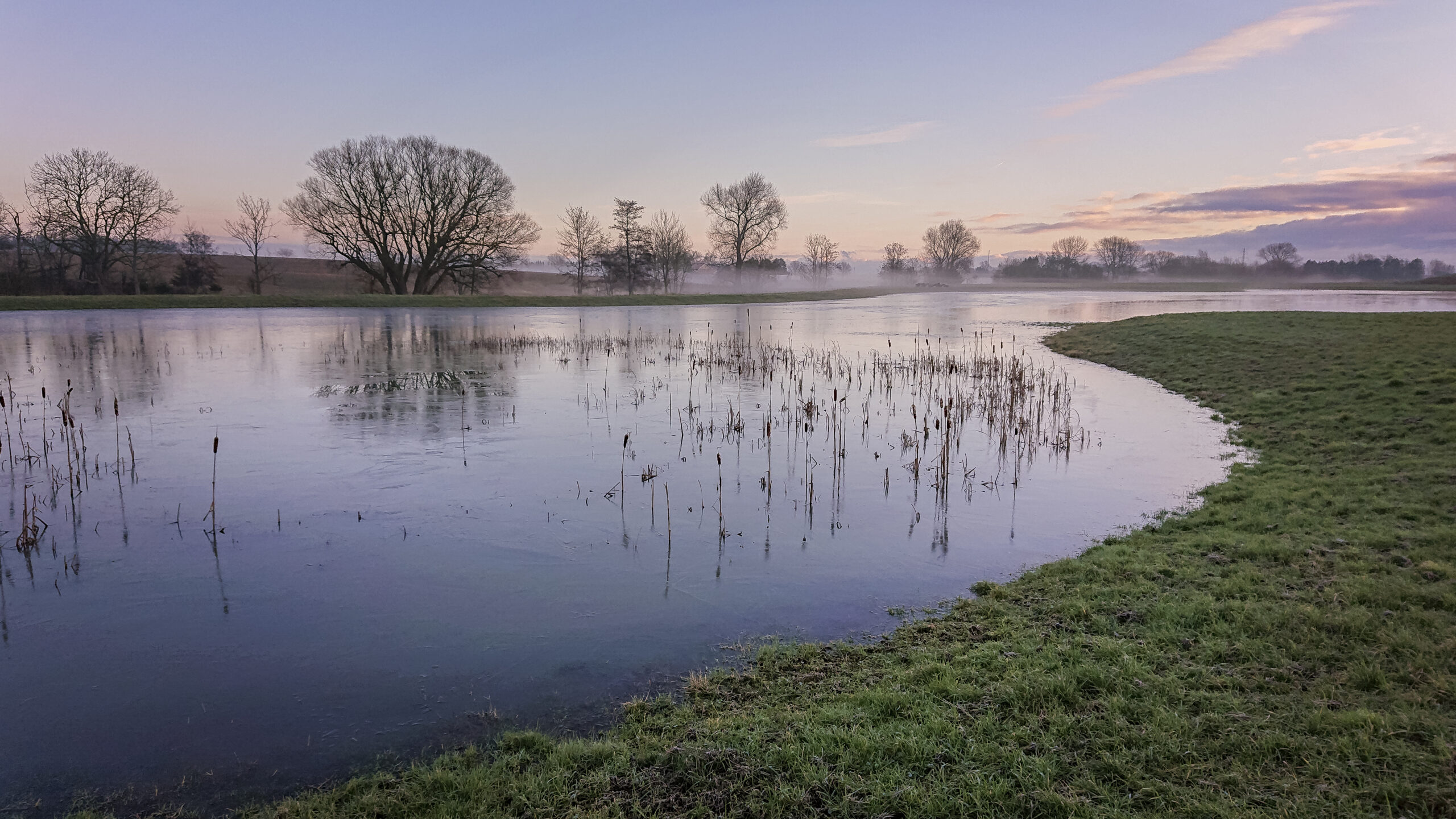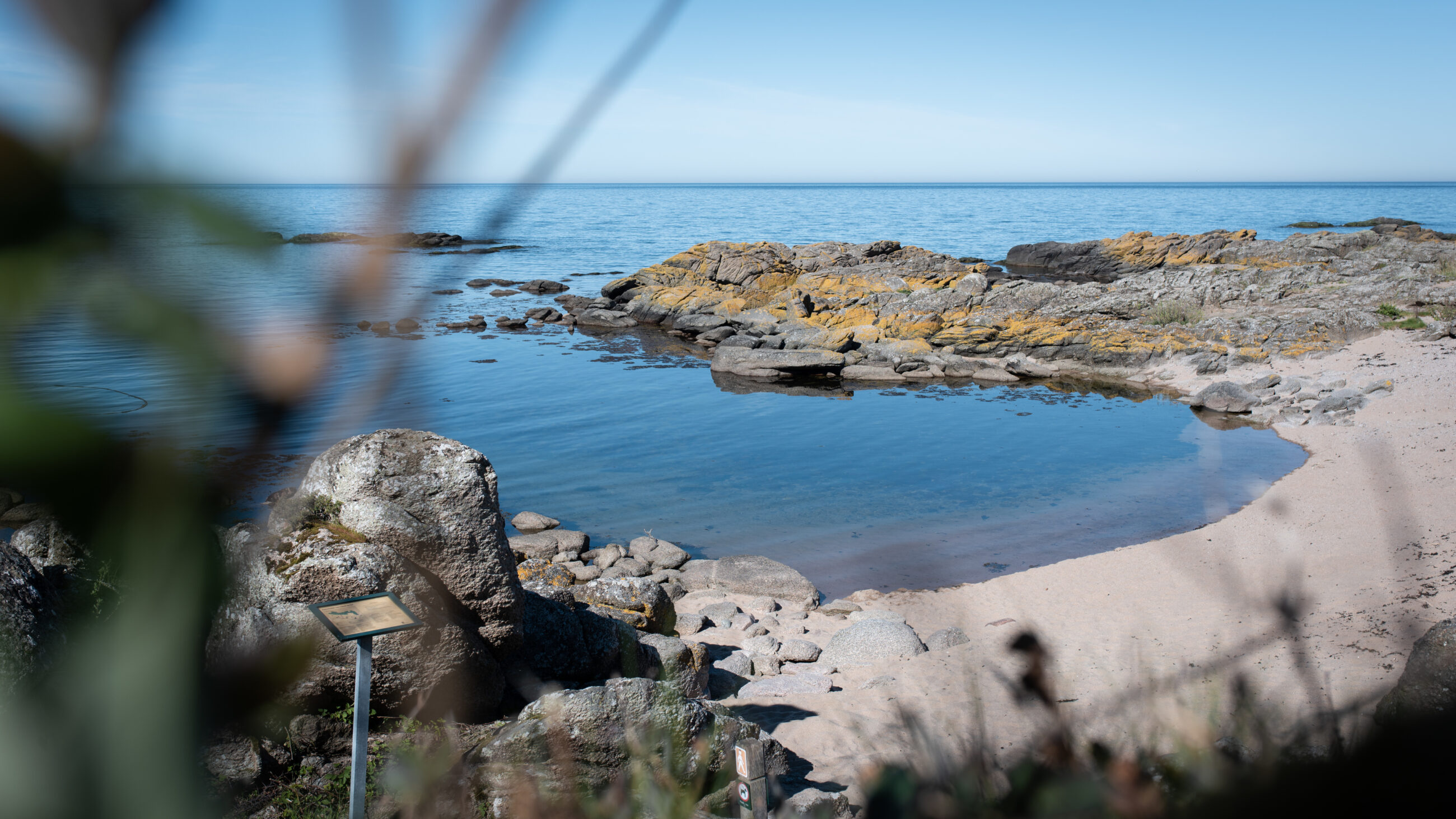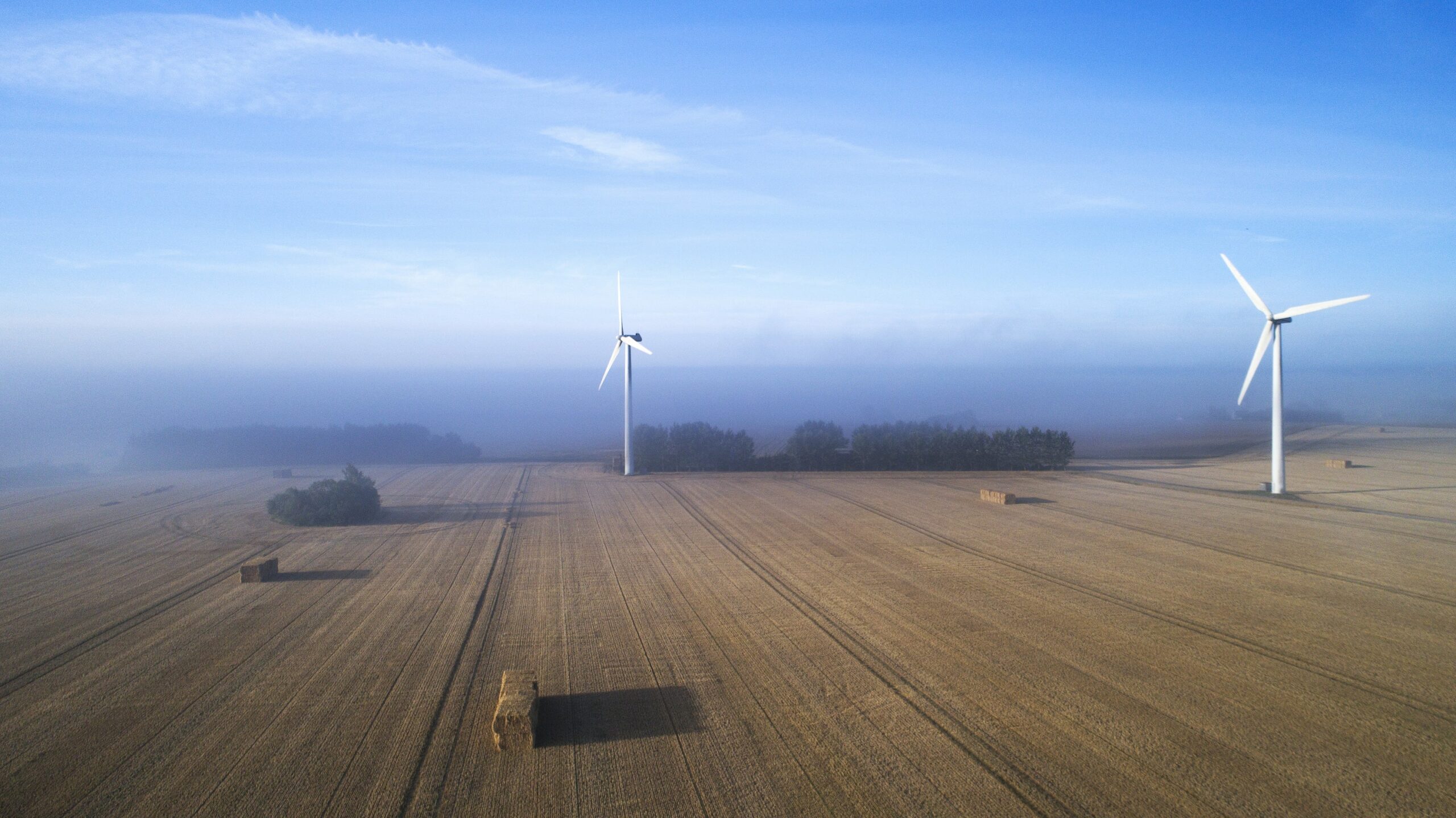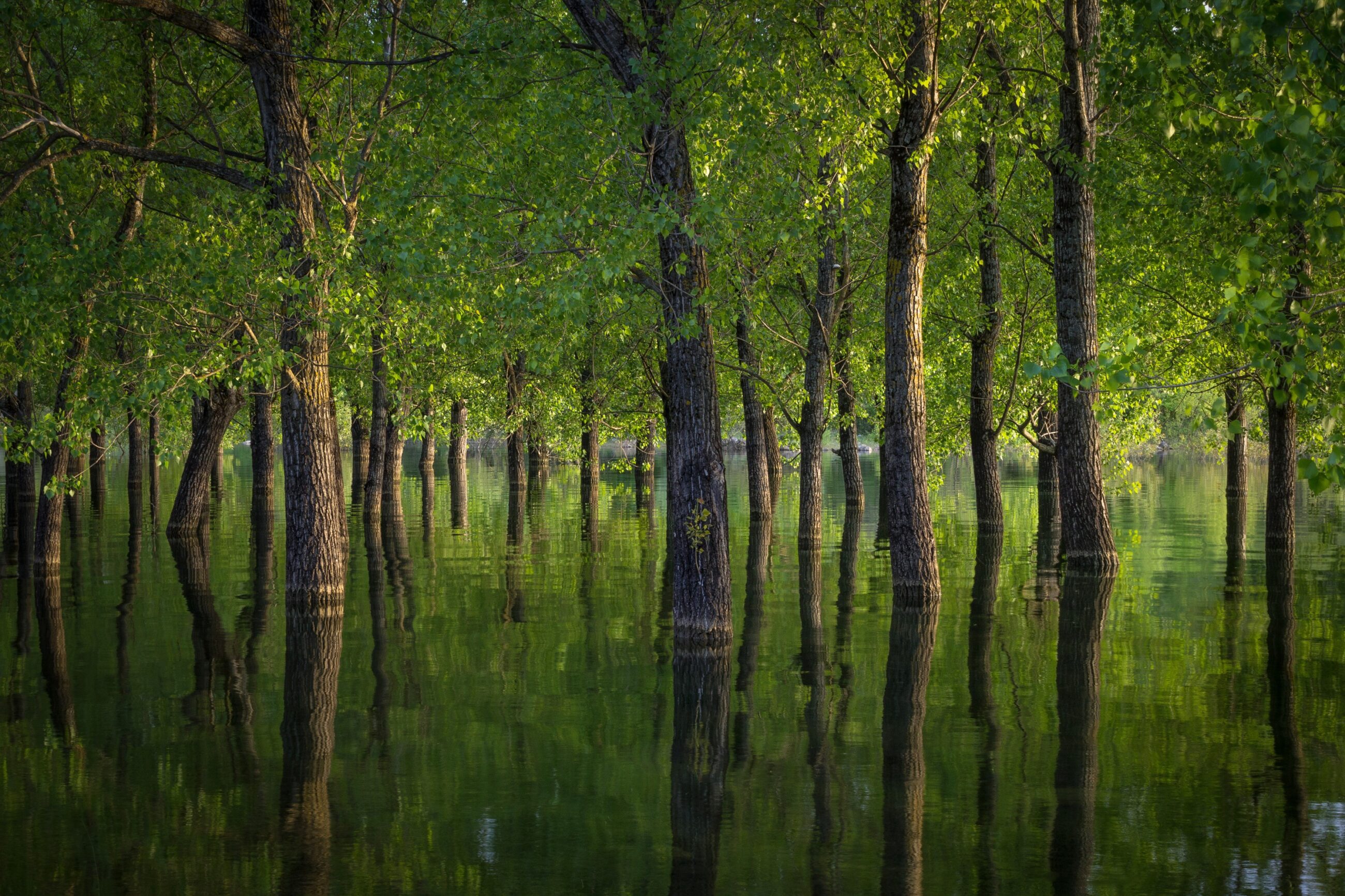News
Recycling of waste to material
Recycling up Close: A Responsiblity to Recycle

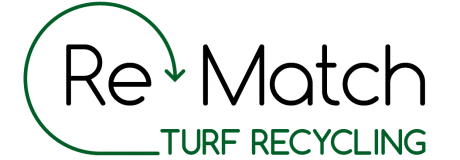
The number of synthetic turfs is rapidly growing world wide
We could continue to use landfilling, incinerators or other half-hearted solutions – or we could begin to truly recycle. Making a green sustainable industry for the future. 30 million m2 of worn out turf will be taken up in 2017 in emea alone. Where will this industrial waste, which is equivalent to >90,000,000,000 plastic bags, go? Why dump or burn it, if it can be turned into a product with value?
Many industries today are still not recycling their waste properly, mainly due to a lack of money and technical expertise. Therefore the artificial turf industry can take a big step in the right direction if it stops using half-hearted and often illegal measures as well as stopping landfilling and incineration.
It is important that the partners in the market understand the true meaning of recycling and the industry operators are held accountable. According to wikipedia recycling is:
A process to change waste materials into new products to prevent waste of potentially useful materials, reduce the consumption of fresh raw materials, reduce energy usage, reduce air pollution (from incineration) and water pollution (from landfilling) by reducing the need for ‘conventional’ waste disposal, and lower greenhouse gas emissions as compared to plastic production. Recycling is a key component of modern waste reduction and is the third component of the ‘reduce, reuse and recycle’ waste hierarchy.
Why copy the bad example?
However, recycling is not free. Otherwise everyone would probably be recycling today. It is important to find competitive price options for recycling in any healthy industry. For the artificial turf industry, a competitive price alternative is landfilling. But not even that is cheap enough for everyone. Some in the turf industry circumvent eu and local legislation by pretext of relaying the turf elsewhere, but in reality this doesn’t happen.
Instead the turf sits in landfills or on fields in the countryside, thereby creating a waste problem for the future. Today it is too easy to circumvent the legislation surrounding transport, storage, handling and disposal of waste in general. We need better enforcement by authorities to guarantee a level playing field for environmentally conscious companies who invest, take ownership and do the right thing. It makes no sense that industrial waste, in the shape of worn out turf, is not disposed of in a proper way and recycled, if possible. We have learnt from other industries and sectors of society that recycling can be done properly and effectively. Products that were once waste, suddenly have a value and even if they end up in the environment, they will be collected, turned in and recycled. Beverage bottles and cans being one such example.
Let’s not copy the bad examples from other industries, where things are not done by the book, and you don’t really know what you are getting for your money due to lack of transparency, traceability and accountability. Instead the turf industry should be at the forefront of recycling. Taking full responsibility for the artificial turf they install and remove, from cradle to cradle.
Dumped building waste
A recent example of transgression against existing environmental laws, with little previous or no enforcement or clamping down on bad practices, comes from denmark where a company dumped building waste on private property and building sites. A total of 2,277 tonnes of building waste, alongside 53 containers and more than one tonne of bricks/mortar were dumped. The case involves not only dumping, but also document fraud and theft. The crackdown in this case has been swift and the four main individuals behind the dumping are now charged and can be sentenced to up to six years in prison, along with hefty fines.
As unfortunate as this case is, similar cases can be found all over europe in many different industries. As an industry, we need to work together to make sure things like this do not happen in our field.
It's not enought to have the rules in place: They need enforcement
It is a huge financial commitment to replace the turf of a 7,200m2 football field and the reason for going through this difficult and costly process is dissatisfaction with the current turf. Therefore, by definition, it has to be worn out – i.e. waste. Waste has to be treated according to national and eu rules, however; today it is too easy to circumvent these rules and/or turn a blind eye to illegal practices, especially if the used/worn out turf simply disappears somewhere. When will the turf industry see an environmental case go before a court?
Luckily the turf industry is not there yet, but with the huge amount of old turf coming out now and in the future, it is vital for the industry to sort out the waste issue and handle it correctly by enforcing it before the problems become overwhelming. The industry body esto is serious about recycling and it is on the agenda for their conferences in rome in september and cologne in october – and for good reasons too. The 30 million m2 of worn out turf being taken up in 2017 in emea alone, relates to the 10-20 million m2 that was installed in the early years of 2000. Today in excess of 65 million m2 is installed each year in emea, so imagine the waste volume in the near future. We need solutions now, while the challenge is still manageable.
Let’s hope that the whole turf industry takes ownership and responsibility while also having the moral backbone and in some way obtains the financial means to make recycling happen. The technology is certainly there today to recycle 100%; in the true sense of the word. The world needs it right now, and so does the industry.

